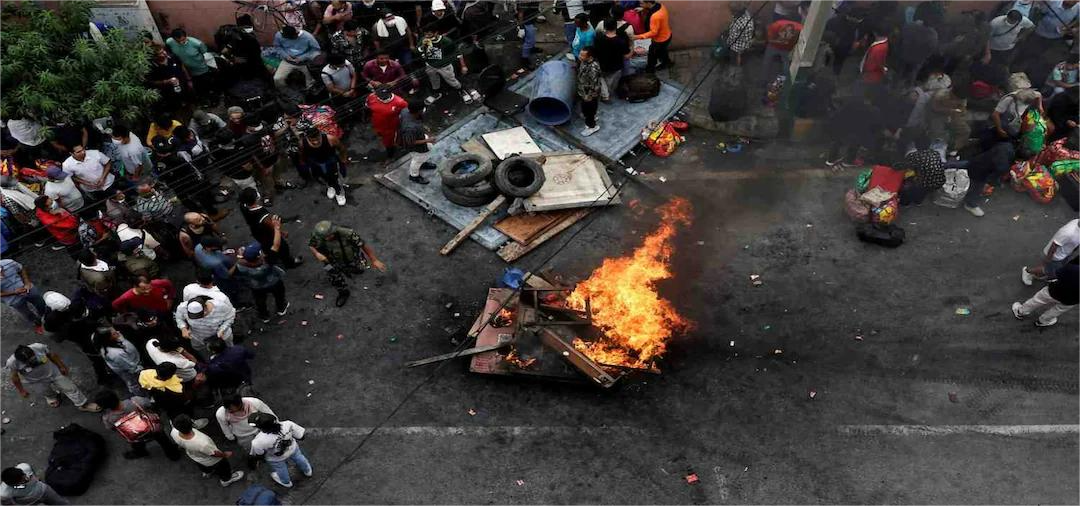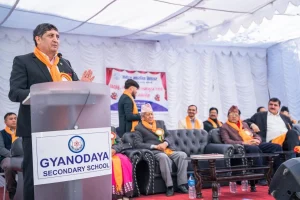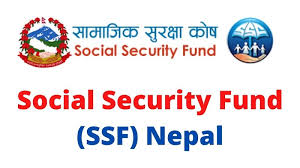When Students in Uniform Became Martyrs: Nepal’s Gen Z Anti-Corruption Uprising
On 8th September 2025, Nepal witnessed one of the most heartbreaking yet powerful chapters in its history. Streets that are usually filled with school and college students rushing to classes turned into protest grounds and tragically, for some, into battlegrounds where they lost their lives.
What began as anger over a ban on social media platforms quickly unfolded into something far deeper: a youth-led anti-corruption movement against decades of political negligence, nepotism, and betrayal of public trust.
The Social Media Ban: Just the Trigger
The government’s decision to ban over two dozen social media platforms including Facebook, Instagram, WhatsApp, YouTube, and X was framed as a move to “control misinformation.” But for young people, it felt like a direct attack on freedom of speech.
For Gen Z, social media is not just entertainment; it is their space for learning, connecting, and mobilizing. Cutting it off felt like cutting off their voice. Yet, at its core, the protest was never just about apps it was about the corruption, inequality, and lack of accountability that have suffocated Nepal for years.
Students in Uniform: The Face of the Protest
The most haunting images from the protest were not of politicians or activists, but of students in school and college uniforms. Many came straight from class, holding banners and chanting slogans.
They stood unarmed, demanding transparency, jobs, and justice. But instead of being heard, they were met with tear gas, batons, rubber bullets and in some cases, live ammunition.
At least 19 young people lost their lives that day. Some of them had exam copies still in their bags. Their uniforms became symbols proof that the fight was not led by elites or party loyalists, but by ordinary Nepali youth who were simply tired of watching corruption steal their future.
More Than a Protest: A Rebellion Against Corruption
For years, corruption scandals, nepotism, and misuse of state resources have been brushed under the rug. The “Nepo Kid” campaign exposing the lavish lifestyles of politicians’ children while ordinary youth struggled had already sparked outrage. The social media ban was just the final straw.
This was not just a digital rights protest. It was a cry for:
- Accountability from leaders who treat power like inheritance.
- Transparency in governance.
- A future where young people are not forced abroad to find dignity and opportunity.
Why This Moment Matters
The government eventually lifted the ban and some officials resigned, but the wounds remain. The killings of students in uniform have turned this movement into something larger than a single policy reversal.
This uprising is now seen as the awakening of a generation a generation that refuses to be silenced, a generation that knows its power, and a generation that has already paid the ultimate price for demanding honesty and justice.
The question is: Will the sacrifices of these students force real change, or will they become another forgotten chapter in Nepal’s struggle with corruption?
Final Thought
The protests of September 8 were not just about social media. They were about corruption the root cause of so many of Nepal’s problems. And the sight of students in uniforms laying down their lives has turned this into a movement of conscience.
Nepal’s Gen Z has shown the world that they are not just “digital natives.” They are change-makers, and their fight is not only for themselves but for the nation’s future.
Share this content:











Post Comment